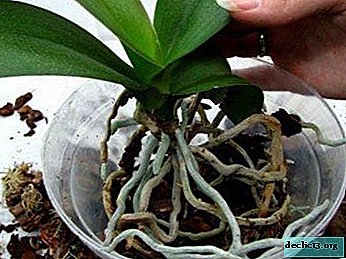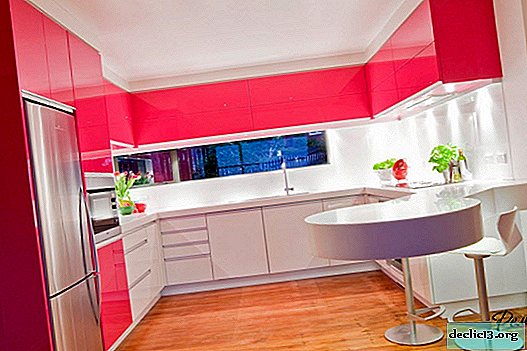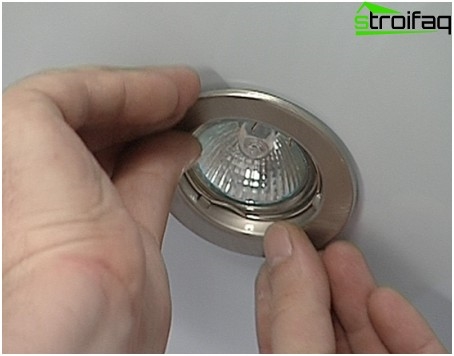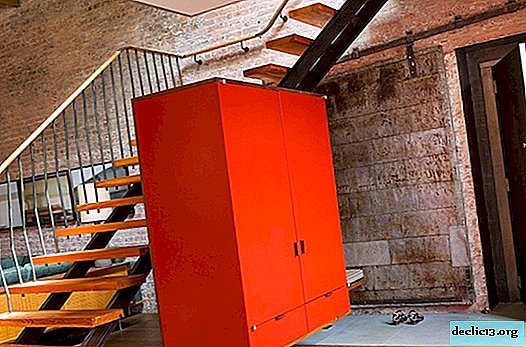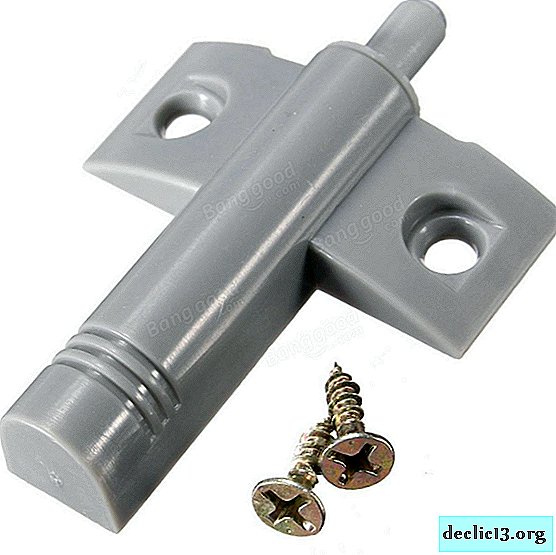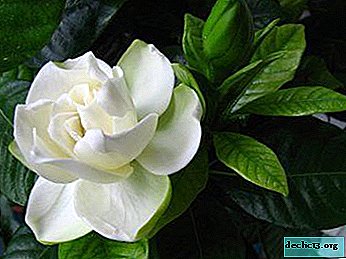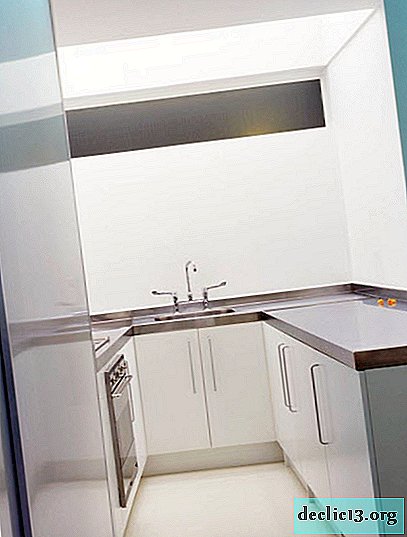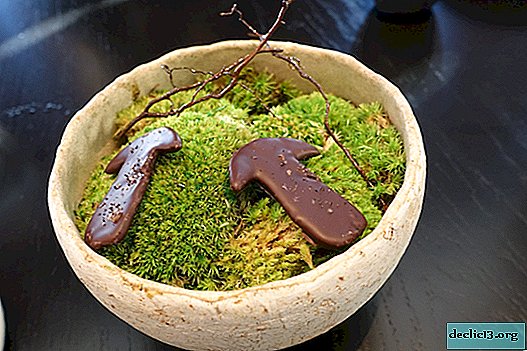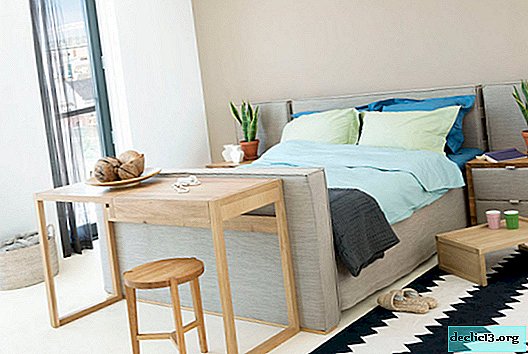Recommendations for the proper selection of soil for azaleas
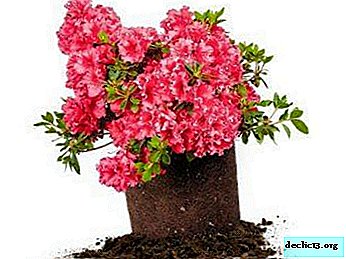
Azaleas (or, as it is also called, rhododendron), like any other plant, requires an individual selection of soil. This flower is very demanding on its composition. Rhododendron prefers acidic soil, that is, soil with high acidity. The health of a flower, the quality of its flowering, and its lifespan depends on this. Since it is from the soil that plants receive nutrition and all the necessary substances. Consider what kind of land is needed for good health of the rhododendron, whether peat and some other components should be included in the composition, and whether the soil is suitable for other flowers, for example, for anthurium.
Essential Composition
The soil for azalea has its own characteristics. The fact is that in the roots of azalea live fungal symbionts. They help the plant get nutrients from the soil, if they die, then the plant subsequently dies. Their life requires an acidic environment, soil pH should be between 3.5 - 5.5.
What soil does rhododendron like? The composition of the land for this plant must include:
- coniferous land;
- peat;
- vermicompost;
- minerals;
- river sand and perlite.
Azalea is very demanding on the soil. Therefore, what is suitable for other plants (less capricious) is not always suitable for azaleas. But at the same time, other plants can be grown in soil suitable for azalea.
Azalea soil is suitable for some plants that prefer acidic soil. It can be used for growing:
- gerberas;
- heather plants;
- philodendron;
- cranberries;
- hydrangeas;
- geraniums;
- platyceriums.
Which is better - ready-made or self-made?
For azaleas, both ready-made soil and self-prepared are suitable. For beginner gardeners, it is preferable to buy ready-made soil. Since this will save time and effort. There are many manufacturers producing mixtures for plants. Such mixtures vary, both in price and in quality.
Reference. If the soil purchased in a store is stored for a long time, for example, for several years, then its nutritional properties are reduced, which means that the quality of the mixture is also reduced.Overview of store mixes
 Consider which ready-made compositions for plants are suitable for planting rhododendrons.
Consider which ready-made compositions for plants are suitable for planting rhododendrons.
- Soil "Fasco" for azaleas (rhododendrons) Positions itself as a professional specialized product, the composition of which provides abundant flowering, accelerates plant growth and development. It includes: lowland and high peat, drainage, complex fertilizer with trace elements.
- Ready soil "Garden of Miracles" - This is a medium acidic, loose soil, in its composition has a small amount of nutrients, contains sand and perlite. According to the data on the package, the soil is made from a mixture of high peat, purified river sand, perlite, biohumus, and mineral fertilizer. The fertilizer contains the necessary amount of micro and macro elements in a form suitable for plants.
- Soil mixture "World of Soils". According to the data on the package contains a complete set of necessary elements of micro and macro elements for the normal growth and development of azaleas. Its composition is a mixture of high and low peat, chalk, lime, dolomite flour, minerals, vermiculite, sand. The manufacturer promises high decorativeness, abundant lush flowering, as well as good growth.
- "Rich Land" - substrate for azaleas. According to the data on the package - this is a slightly acidic soil pH 4.0 - 5.0. It is prepared on the basis of white peat and coconut fiber. The composition includes agroperlite, sand, mineral fertilizers, white peat, coconut fiber. Promotes rapid growth of the root system, ensures the healthy development of the plant. Positions itself as a premium soil.
- Soil for anthurium Meets azalea soil requirements. In principle, azaleas can be used in such a soil. But azalea is more moody and demanding. Therefore, if there is an opportunity for azaleas, it is better to purchase a separate soil designed specifically for it.
As you can see in the soil mixtures of different manufacturers, the composition is somewhat different. But everyone promises great results. The price is also different. If you have enough experience, then you can prepare the soil yourself. Self-preparation of the soil is, of course, the best option.
There are several reasons for this:
- You yourself control the preparation of the mixture.
- You can control the composition: where did the ingredients come from, their quality, environmental friendliness.
- You yourself make up the proportional ratio of the components in the mixture.
- When buying a mixture in a store, you only see the inscription on the package, and you have to trust it. In fact, you do not know what you are buying. By preparing the mixture yourself, you can be completely sure of its quality.
Step-by-step instructions on how to prepare the soil at home
 You can prepare the substrate yourself, but for this you need to find all the necessary components. What soil is needed for rhododendrons? The soil must contain coniferous land, and it is also very desirable to add charcoal (ground), moss sphagnum, steamed pine bark (as an acidifying component). River sand, perlite or vermiculite should also be added; they act as soil disintegrants. Expanded clay can be used as drainage.
You can prepare the substrate yourself, but for this you need to find all the necessary components. What soil is needed for rhododendrons? The soil must contain coniferous land, and it is also very desirable to add charcoal (ground), moss sphagnum, steamed pine bark (as an acidifying component). River sand, perlite or vermiculite should also be added; they act as soil disintegrants. Expanded clay can be used as drainage.
The proportion is as follows:
- coniferous land - 2 parts;
- sheet land - 2 parts;
- peat - 1 part;
- heather land - 1 part;
- river sand - 1 part.
How to choose a composition for a houseplant?
The composition of the soil for Azalea must include such components:
- Sheet earth. It is light, loose, and allows air and water to pass through well. Such soil has an average nutritional value and is obtained by decaying the leaves of trees. Leafy earth enhances acid reactions. Get it as follows. At home, in the fall, they collect fallen leaves and leave this heap for one or two years for decay. Then used for growing indoor plants and to increase the acidity of the soil.
- Coniferous land - This is a loose earth with an acid reaction. The pH of coniferous soil is 4-5. What land is taken under coniferous trees, but not from above, but from below. The needles of the soil should be well rotted. Coniferous soil is light, airy.
- Peat land also differs in ease and friability. Such land must necessarily be part of the soil. Its acidity is 3.5-5.5. Such soil perfectly provides the mineral balance of the soil mixture. Peat land is obtained from high peat, the decomposition period of which is not less than a year. Perfectly improves the overall composition of the soil, gives it nutrition and looseness.
- Heather land It is characterized by a high content of organic substances and high acidity. However, it is poor in phosphorus, potassium and nitrogen. By its properties, it is very close to leaf and peat soils. Get it in places where heather and other similar plants grow. The leaves and stems of heather rot and form a fertile layer. How correct is this layer no more than 3 centimeters. Such soil has high air and water permeability, as well as high heat capacity.
- River sandAs a rule, it is used in floriculture as an additive to an earthen mixture. Sand does not accumulate moisture in itself and does not increase soil moisture capacity. Water remains only on the surface of a grain of sand. Azalea cultivation is suitable only for clean sifted river sand. Before entering into the composition of the mixture it must be processed: rinse and calcine in the oven for disinfection.
Rhododendron Planting Tips

- Azalea loves ambient light. Direct sunlight is fatal to her. The western or northern windowsill is the most suitable place.
- The room where the azalea is growing should be cool enough. Suitable temperature is 15-18 degrees. This is the optimal temperature for laying kidneys.
- Azalea is a very moisture-loving plant, it requires daily spraying. But at the same time, blooming azaleas cannot be sprayed. A good solution is a humidifier.
- Watering. It must be regular. Water should be soft melt, rain. Water should be cool, but not icy. If the earth in the pot becomes too dry, the plant can be immersed in a container of water for 1-2 hours.
- Transfer. Young azalea requires transplantation once a year, adult - once every 3-4 years. Particular attention should be paid to the roots. They are fragile, delicate and easy to damage. Damage to the roots can lead to the death of the plant. Another important point in transplantation is the root neck. It must not be buried in the ground.
You can find out in what time period it is better to plant rhododendrons in this article.
Possible errors and their correction
Common mistakes:
- The earth is too heavy. If in what soil to plant azalea, then most likely the plants will not survive. Since nutrition will be difficult. The solution is transplanting or transferring azaleas to a more suitable soil.
- The earth is not acidic enough. In this case, symbionts will die, which means that the plants will not receive the nutrients in the right amount. Solution - the soil should be acidified with special additives or transplanted.
- Excessive peat content. This is especially true of lowland peat, which is heavy and water-intensive in its structure. If there is too much such peat, then the moisture will stagnate in the soil, which can lead to rotting of the roots. This problem can also be solved by transplanting the plant into a more suitable soil.
One of the basic conditions for the well-being of Azalea is the soil. Suitable soil is nutrition moisturizing normal metabolic processes in the body of a plant. If the soil does not fit, the plant will not lead, and it is unlikely to survive.


